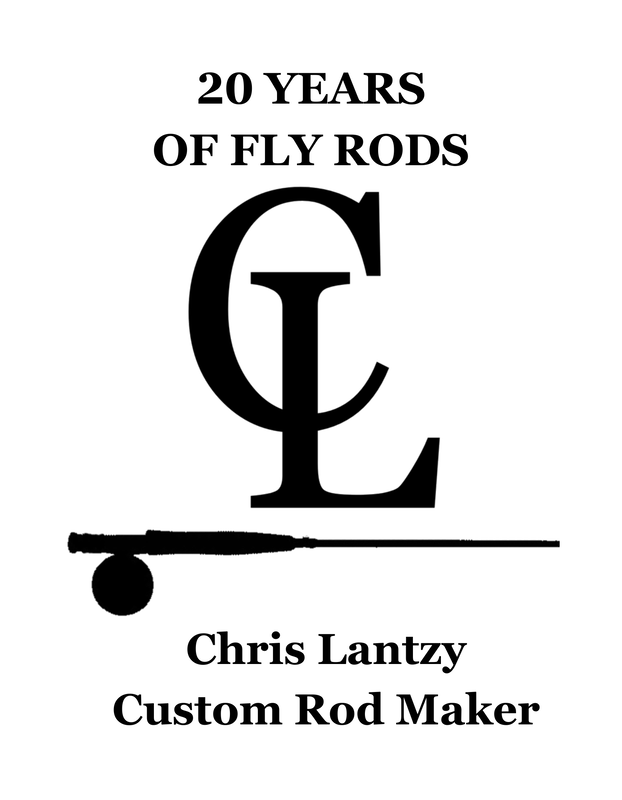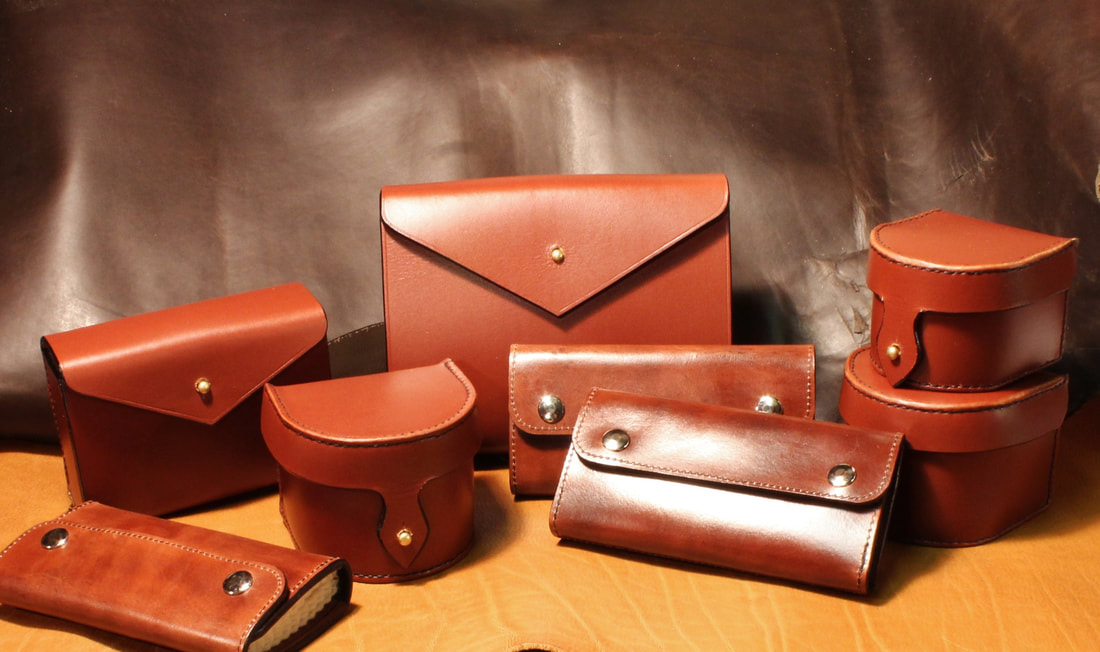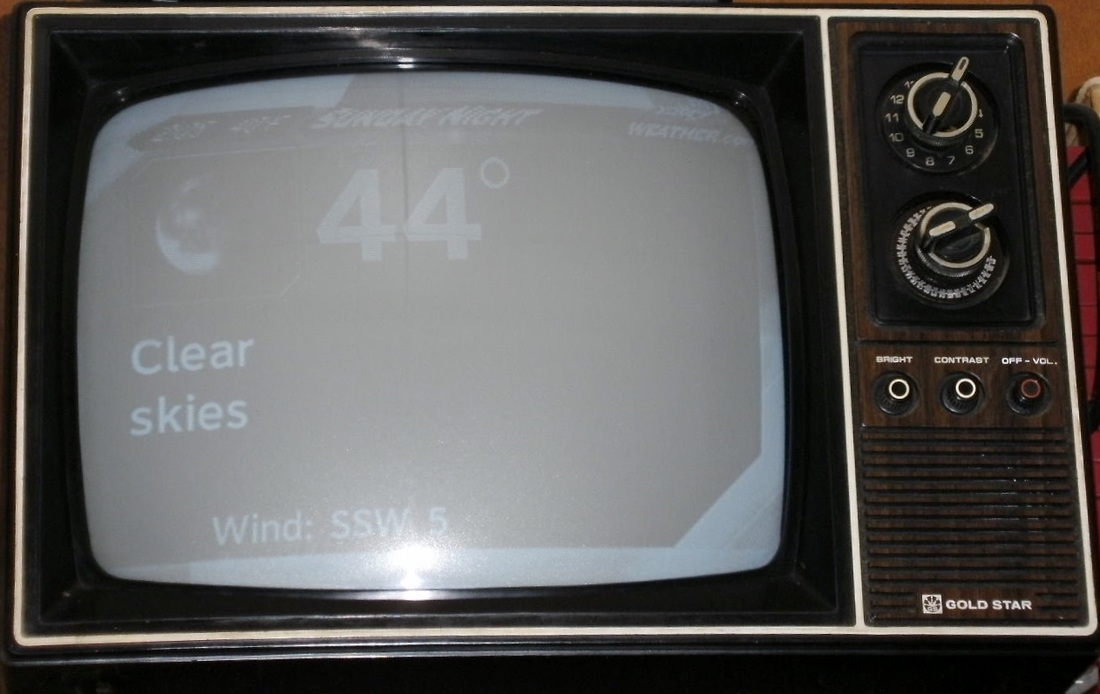There's quite a lot written about fishing in smaller trout streams with a fly rod. In fact, enough to write entire books on the subject & some have. No matter how big a subject it is, I'd like to mention a few condensed thoughts about it. I grew up fishing in smaller streams for trout. These were small, brush & tree covered streams that held wily trout. Some were so small you could easily jump across them. It's in these places that I "cut my teeth" as an anglers, so to say, & mainly where I learned to fish. In this way, I think I was lucky, without realizing it. Whenever I fish medium or larger sized waters, I simply adapt the tactics I learned that the smaller streams taught me, only on a larger scale.
It's my belief that it's easier for a fisher of small streams to adapt to bigger water than the other way around. The skills learned in fishing smaller streams will serve you well no matter where you go fishing. The challenges inherit in fishing in tight quarters will make anyone a better, all-around angler, if they have the patience & disposition to meet those challenges.
This isn't to say that larger water doesn't have it's own set of problems for the angler to overcome, or that all larger streams are easier to fish than small ones. Much skill is needed to be successful in fly fishing almost anywhere you choose to fish.
I simply think that there are a general set, or list, of fundamental skills necessary to be a good angler. Fishing on small streams takes those skills & narrows them down to a microcosm. Smaller runs, smaller pools, closer obstacles to avoid (trees, shrubs, etc), closer proximity to the trout, - these all magnify the actions & skills needed to catch trout. In this setting an angler might learn from their mistakes & successes in a faster way. In close quarters it's often easier to see what went wrong or right. "Where to begin", an angler might ask on larger waters, but on small streams it might be immediately obvious where the best trout would be.
Over the next few entries we'll discuss some of the most important skills needed for small stream fishing. All these skills are important on any size stream, but we'll examine how they relate to small stream situations. They are, but not limited to: reading the water, casting, wading, patience, & appropriate tackle.






 RSS Feed
RSS Feed
